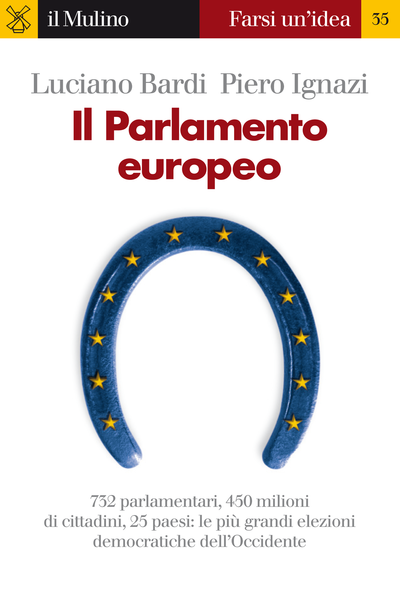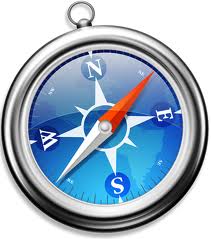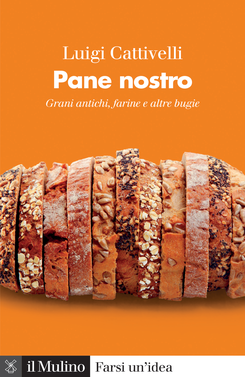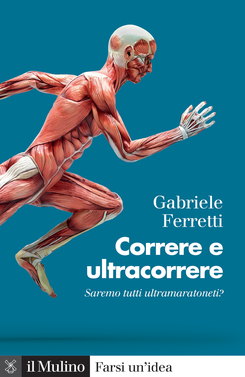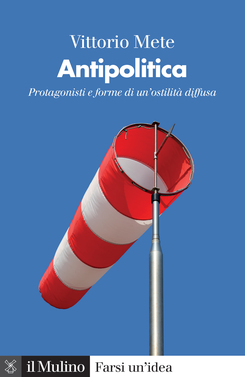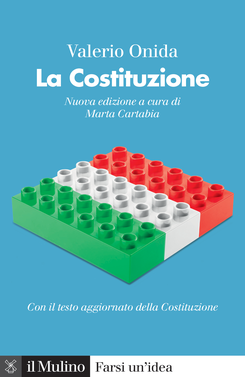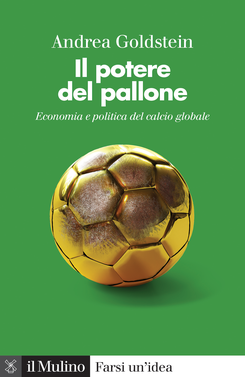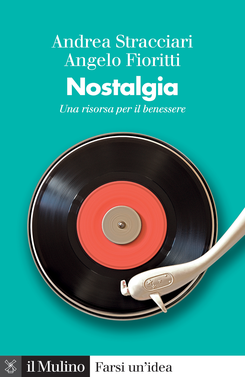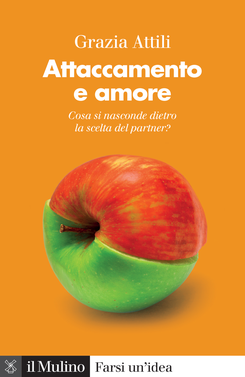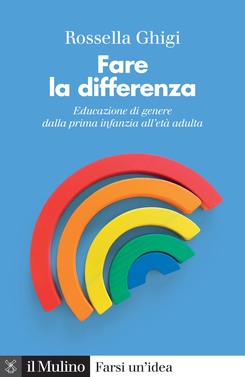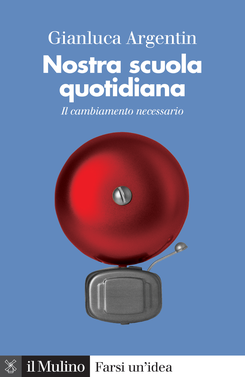The European Parliament
June 2004: voters from 25 countries of the Union will be electing the Members of the European Parliament. These were the largest democratic elections of the Western countries, not only for the number of voters, but also for the important challenges that the Parliament will have to face: the path towards the new constitution, the first effects of the enlargement of the Union to other countries, its role in relation to the Commission, to the Council of Ministers, and to the European Council. This book reviews a brief history of the European Parliament through the various stages of its formation. Furthermore, it introduces the reader to the voting systems, to the various elections and to the complicated spectrum of parties, federations, and parliamentary groups. This book is an essential source for institutional European culture.
Luciano Bardi teaches International Relations at the University of Pisa and Comparative Politics at the University of Bologna.
Piero Ignazi teaches Comparative Politics at the University of Bologna.
Indice
Introduzione. Il Parlamento nell'architettura istituzionale europea - Capitolo 1: Dalle origini al Trattato di Roma: il Parlamento della Comunità - Capitolo 2: Dall'Atto unico europeo al progetto di trattato costituzionale: il Parlamento dell'Unione - Capitolo 3: Gli organi e i poteri del Pe - Capitolo 4: Il voto al Pe - Capitolo 5: Gruppi parlamentari e federazioni transnazionali dei partiti: dalle origini alle prime elezioni dirette (1952-1979) - Capitolo 6: La composizione politica del Pe (1979-2004) - Capitolo 7: Concentrazione, ideologia e coesione nel Pe - Capitolo 8: Verso partiti europei? - Conclusioni - Appendice. I partiti nazionali
